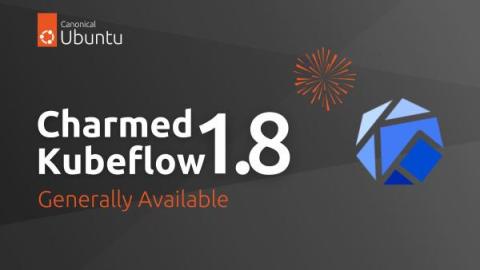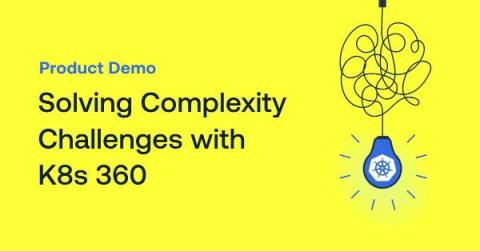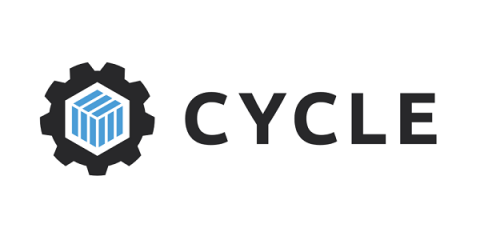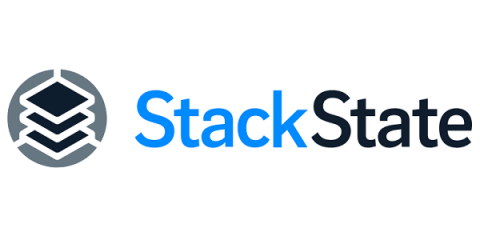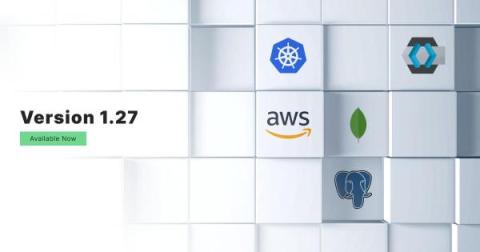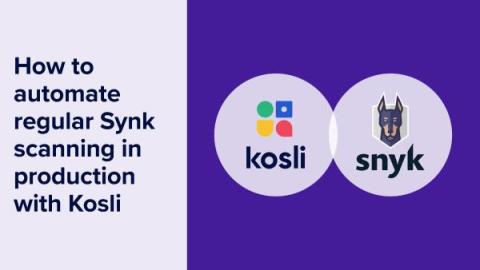Operations | Monitoring | ITSM | DevOps | Cloud
Latest News
Canonical releases Charmed Kubeflow 1.8
Navigating Security Challenges in Kubernetes Orchestration Platforms
As Kubernetes solidifies its position as the standard for container orchestration, it’s imperative to examine the associated security challenges. Kubernetes brings powerful capabilities to the enterprise and introduces new attack vectors and potential vulnerabilities. Here at Kublr, we sat down with our best experts to discuss how our team solves security challenges and how Kublr helps clients mitigate them.
Solving Complexity Challenges with Kubernetes 360
Here at Logz.io, we realize Kubernetes is the most common infrastructure component that organizations are running on to keep their applications going. In return, we’ve made a big investment to support Kubernetes properly and give customers the tools they need to investigate and troubleshoot any issues that arise.
DevOps Vs Platform Engineering: Is There a Difference?
Scaling Engineering Teams
The software engineering world has become a place where compute, storage, and availability have become the cornerstones of scale. As an industry and as individuals, we should stop to take a closer look at scaling the most important of all resources… our people. In this post I’ve modeled a team with 6 engineers, 2 Sr, 3 Mid, and 1 Jr. This team is getting 450 “units” of work done ( where a unit is just some measure of throughput ) per interval (2 months).
Deploy a containerized .NET Core app to Azure Kubernetes Service (AKS)
Microsoft Azure provides an all-encompassing service that allows you to host Docker containers on the Azure Container Registry (ACR), deploy to a production-ready Kubernetes cluster via the Azure Kubernetes Service (AKS), and more. Using CircleCI, you can automatically deploy updates to your application, providing a safer and more efficient CI/CD process for managing your software. This article shows you how to automate deployments for a.Net application to Azure Kubernetes.
Multi-Cluster Observability Part 1: Building A Foundation
In the world of modern Kubernetes, things have come a long way from the days of a single cluster handling one app. Now, it's common to see setups that span multiple clusters across different clouds. Initially, managing those clusters was a complicated operation with many moving parts. Using tools such as SUSE Rancher, RedHat OpenShift or AWS EKS, made managing multiple clusters somewhat easier.
Kublr Release 1.27
Kublr team is happy to announce the new release 1.27, which we have been carefully crafting in previous months. At Kublr, we support six different versions of Kubernetes and a bunch of different clouds, so our team is focused on thoroughly testing each changed component and maintaining backward compatibility.
How to automate Snyk container scanning of your production environments
If you’re using containers to deploy your software, it is important to be aware of potential vulnerabilities within your container images. These may be introduced through dependencies in your built image, or perhaps through dependencies within the base image(s) used to build your image.



